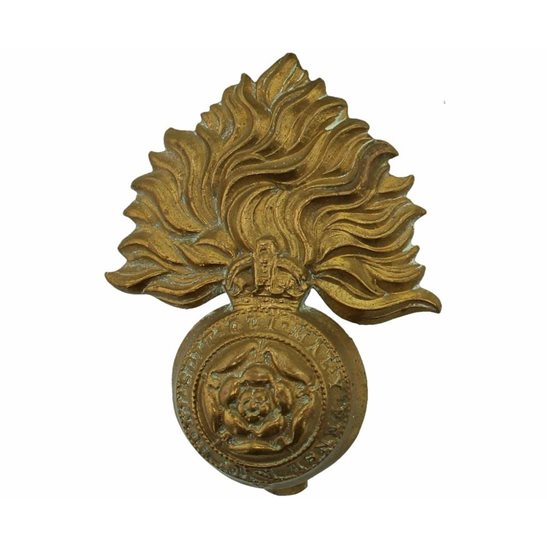Personal Details
Born: 21 June 1899 in Whitchurch, Shropshire.
Family: He was the youngest child of Charles Leonard Blencowe, a baker, and his wife Margaret Winifred, nee O’Hara. His siblings were William, Catherine, Albert, Charles, Frank, Percy and George. He married Edith Alice Skitt in Quarter 2 1920 in Whitchurch, Shropshire. They had six children, Robert, Katherine, Dennis, Cyril, Terence and Dorothy.
Residence: On the 1901 Census the family were living at 43 Yardington Street, Whitchurch, Shropshire. By 1911 they had moved to 30 Bargates, Whitchurch, Shropshire. This was address shown on the Territorial Force Attestation document in 1915. Sometime after his marriage in 1920 he set up home at 24 Bargates, Whitchurch, Shropshire, the address shown on the 1939 Register. At the time of his death in 1954 he was still living in Whitchurch, Shropshire.
Employment: At the time of the 1939 Register his occupation was said to be a painter.
Died: Quarter 2 1954 in Whitchurch, Shropshire aged 54.
Military Details
Regiment: Royal Fusiliers (previously King’s Shropshire Light Infantry, South Lancashire Regiment and Royal Inniskilling Fusiliers)
Rank: Private
Service Number: GS/112435 (previously 4205, 44785 and 49702)
Date of Enlistment: Not known
Date of Discharge: Not known
Reason for Discharge: Not known
Other Information: His brothers Albert, Frank, George, William and Percy also served in WW1. Percy was killed in action in Belgium on 8 July 1917 aged 20. The other brothers survived the war.
Harry first enlisted on 11 October 1915 in the Territorial Force of K.S.L.I. but was discharged 80 days later for mis-stating his age. He declared that he was 19 years 4 months of age when in fact he was only 16 years and 4 months. He subsequently rejoined the Army but we have no record of the actual date.
Harry was awarded the Campaign Medals (British War Medal and Victory Medal).

The British War Medal (also known as 'Squeak') was a silver or bronze medal awarded to officers and men of the British and Imperial Forces who either entered a theatre of war or entered service overseas between 5th August 1914 and 11th November 1918 inclusive. This was later extended to services in Russia, Siberia and some other areas in 1919 and 1920. Approximately 6.5 million British War Medals were issued. Approximately 6.4 million of these were the silver versions of this medal. Around 110,000 of a bronze version were issued mainly to Chinese, Maltese and Indian Labour Corps. The front (obv or obverse) of the medal depicts the head of George V. The recipient's service number, rank, name and unit was impressed on the rim.
The Allied Victory Medal (also known as 'Wilfred') was issued by each of the allies. It was decided that each of the allies should each issue their own bronze victory medal with a similar design, similar equivalent wording and identical ribbon. The British medal was designed by W. McMillan. The front depicts a winged classical figure representing victory. Approximately 5.7 million victory medals were issued. Interestingly, eligibility for this medal was more restrictive and not everyone who received the British War Medal ('Squeak') also received the Victory Medal ('Wilfred'). However, in general, all recipients of 'Wilfred' also received 'Squeak' and all recipients of The 1914 Star or The 1914/1915 Star (also known as 'Pip') also received both 'Squeak' and 'Wilfred'. The recipient's service number, rank, name and unit was impressed on the rim.

